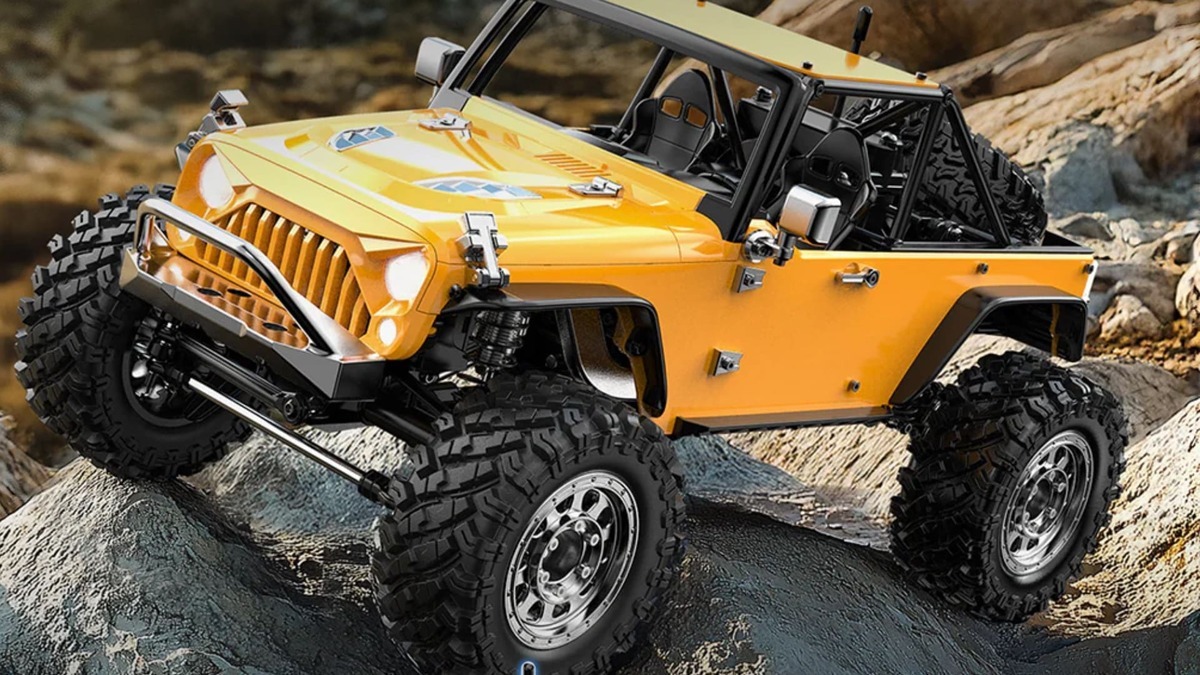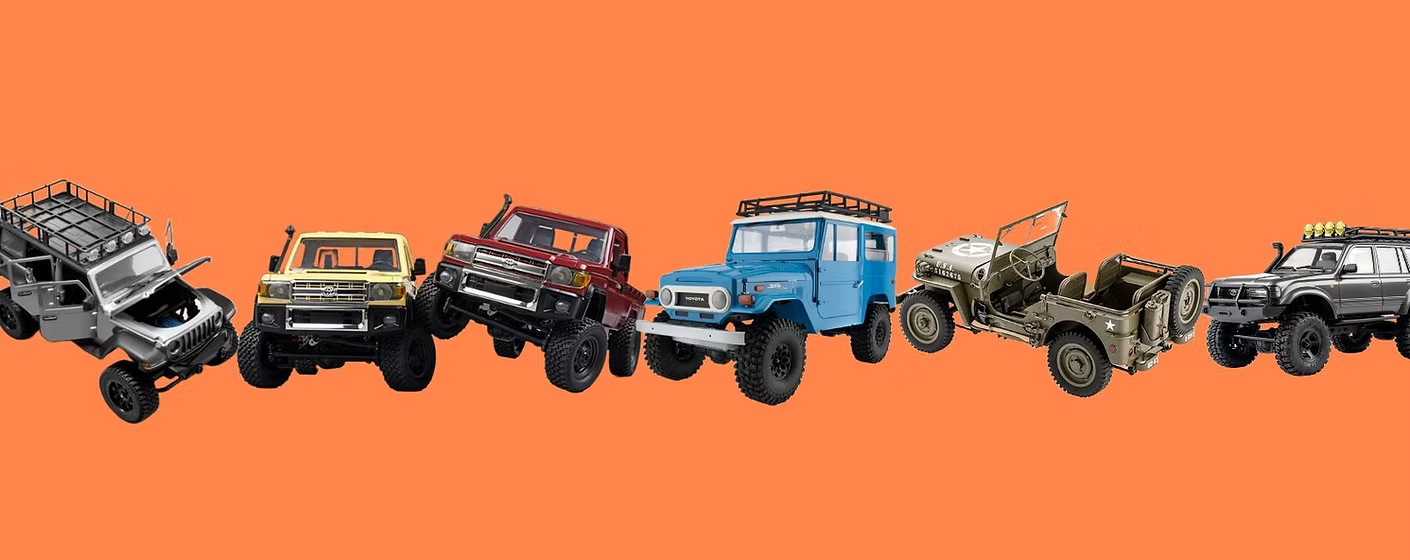Introduction to Scale Modeling
Scale modeling is a fascinating and meticulous hobby that involves creating miniature representations of real-world objects, vehicles, and structures. These models are crafted at specific ratios, which denote their size in relation to the actual item they represent. For instance, a model car might be produced at a scale of 1:18, meaning it is 1/18th the size of the actual car. This scaling process is crucial, as it determines the overall accuracy and fidelity of the model to its real-life counterpart.
The importance of accuracy in scaling cannot be overstated. Enthusiasts and hobbyists often take great pride in their work, ensuring that every detail aligns with the original design. Accuracy in scale modeling not only enhances the aesthetic appeal of the models but also serves educational purposes, providing insights into engineering, design, and history. For model makers, achieving precision in the scale helps bridge the gap between reality and representation, thereby enriching the overall experience of the hobby.
Finding accurate scaling references is essential for anyone involved in scale modeling. These references may include blueprints, photographs, dimensions, and historical information about the vehicles or objects being modeled. The internet has become an invaluable resource for scale modelers seeking these references. With countless websites, forums, and social media groups dedicated to the craft, enthusiasts can connect and share information related to their interests. Navigating this vast landscape of resources may seem daunting, but the right tools and strategies can simplify the process.
This blog post aims to guide hobbyists and enthusiasts toward effective and efficient methods for locating scaling references for miniature cars online. By providing resources, tips, and insights, we hope to support scale modelers in their pursuit of accuracy and artistic expression.
Understanding Car Scales
Car scales are a fundamental aspect of miniature car modeling, significantly impacting the size and detail of the models being produced. Various scales are commonly used, with popular examples including 1:18, 1:24, and 1:43. Each scale represents a specific ratio between the model and the actual vehicle, allowing enthusiasts to appreciate the intricacies of automotive design in a miniature form.
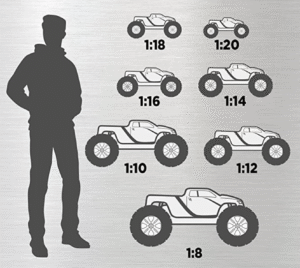
The scale 1:18, for instance, means that one unit of measurement on the model corresponds to 18 units on the actual vehicle. This scale is lauded for its ability to encapsulate intricate details, such as engine components and interior features, making it a preferred choice among collectors who value authenticity and precision. On the other hand, 1:24 scales provide a balance between size and detail, appealing to those who enjoy both display and playability without sacrificing quality.
Moving to the 1:43 scale, this size is frequently employed for die-cast models, where the compactness allows for larger collections to be displayed without requiring excessive space. However, while smaller scales can limit the level of detail, advancements in manufacturing techniques have allowed for impressive fidelity even in these models. Understanding these key distinctions among car scales is essential for collectors and model builders, as it directly affects the presentation and usability of the models.
Moreover, selecting the appropriate scale is crucial when it comes to building model car dioramas or display settings, as a mismatched scale can lead to visual dissonance. Thus, knowing the correct scale ensures that collectors can curate their collections harmoniously, enhancing both aesthetic appeal and overall satisfaction. Overall, comprehending car scales provides a solid foundation for anyone looking to navigate the world of miniature car modeling effectively.
Key Online Resources for Scale References
For miniature car enthusiasts, sourcing accurate scaling references is crucial to achieving an authentic model. Numerous online platforms cater to this need, each offering unique benefits and potential drawbacks. These resources include specialized modeling websites, vibrant online forums, and dedicated social media groups.
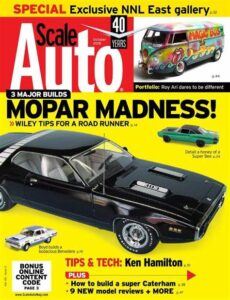 One such notable resource is Scale Auto Magazine, a dedicated online publication that frequently features articles on miniature vehicles, providing scale dimensions and detailed reviews of various kits. This platform is particularly valuable for access to expert insights and tutorials. However, it may require a subscription for premium content, which could deter casual modelers.
One such notable resource is Scale Auto Magazine, a dedicated online publication that frequently features articles on miniature vehicles, providing scale dimensions and detailed reviews of various kits. This platform is particularly valuable for access to expert insights and tutorials. However, it may require a subscription for premium content, which could deter casual modelers.
Online forums like the Model Cars Magazine Forum serve as community hubs where modelers exchange tips, post projects, and seek scaling references specific to different car models. The interactive nature of forums allows members to ask questions and receive integral advice from experienced hobbyists. Nonetheless, the breadth of information can vary, requiring careful navigation to find reliable details or scale references.
Social media platforms also play an important role in connecting model enthusiasts. Facebook groups such as Miniature Car Collectors provide platforms for sharing images, techniques, and scaling data among a wide audience. The immediacy of social media allows for real-time discussions and updates about new releases. However, the informal setting can mean that the information shared isn’t always verified, so users must discern accuracy.
In summary, combining these diverse online resources can enhance the quest for scaling references, ensuring that model car builders have access to quality information. Whether through established modeling websites, interactive forums, or community-based social media groups, each platform presents unique opportunities and challenges. Enthusiasts should explore these resources judiciously to find the most reliable and comprehensive scaling references for their miniature cars.
Using Scale Reference Databases
Accessing and navigating scale reference databases is a fundamental step for enthusiasts and collectors of miniature cars seeking precise information. These databases are valuable resources that compile manufacturer specifications, historical details, and dimension data for various car models, thereby serving as essential tools in the scaling process.
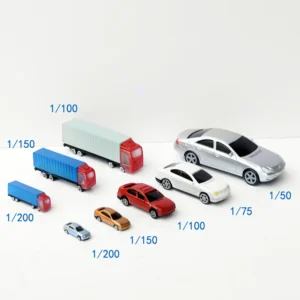
To begin, one should identify reputable scale reference databases that focus on automotive models. Many online platforms specialize in vehicle information, often categorizing cars by brand, era, or type. Examples might include manufacturer websites, dedicated model car forums, or databases maintained by automotive historians. By utilizing search functions effectively, users can streamline the process of locating specific models. Searching for the exact make and model will yield the most relevant results; however, utilizing variations or synonyms can broaden the search.
Within these databases, users will generally encounter two primary categories of information: technical specifications and historical data. Technical specifications typically include dimensions, weight, and engine details relevant to the scaled model. Historical details may encompass production years, design changes, and notable uses in automobile history. Accessing such detailed information allows for more accurate scaling of miniature cars and promotes a deeper understanding of the vehicles being modeled.
Moreover, some databases feature user-contributed content, which can enhance the depth of available information. Participating in discussions or submitting queries within forum sections can yield insights from other enthusiasts who may have firsthand experience with unique models. Additionally, integrating the scale reference you find with existing collections facilitates better comparisons and modifications, ensuring that your miniature car accurately reflects its full-sized counterpart.
In conclusion, effectively utilizing scale reference databases significantly enriches the research process for miniature car collectors and builders. By understanding how to access and navigate these resources, individuals empower themselves with invaluable information that elevates their projects and enhances their appreciation of automotive history.
Forums and Community Contributions
Engaging with online forums and community platforms is a pivotal strategy for sourcing scaling references for miniature cars. These communities are often comprised of passionate hobbyists and skilled modelers who share a collective wealth of knowledge. To effectively navigate these resources, it is essential to participate constructively and respectfully in discussions.
When seeking scaling references, start by identifying forums that are dedicated to miniature car modeling, such as scale modeling or diecast car communities. Platforms like Reddit, Scale Models Forum, or specialized Facebook groups are excellent starting points. Upon joining, it is advisable to familiarize yourself with the community guidelines and the prevailing etiquette before posting your inquiries.
Once you have established your presence, formulate your questions clearly and concisely. For instance, ask for specific scaling references related to a particular model or manufacturer. This targeted approach not only increases the likelihood of receiving accurate information but also demonstrates your commitment to the craft. Additionally, reviewing existing threads can sometimes provide the details you need without the necessity to post new questions.
Moreover, consider sharing your own findings or modeling experiences as these contributions can foster a sense of goodwill within the community. When other members see your efforts to engage meaningfully, they may be more inclined to assist you in return. Offering constructive feedback on others’ posts or showcasing your progress can further solidify your place in these communities.
In summary, leveraging forums and the collective expertise of modeling communities can significantly enhance your search for scaling references. By approaching these platforms with a spirit of collaboration and respect, you can not only find valuable information but also build relationships within the miniature car modeling community.
Digital Libraries and Archives
In the quest to find accurate scaling references for miniature cars, digital libraries and archives serve as invaluable resources. These platforms are rich repositories of historical data, offering insights into vintage models, specifications, and manufacturing details that can enhance the authenticity of your miniature car projects. Accessing these digital archives can provide you with critical dimensions and intricacies that are essential for accurate scaling.
One of the most significant advantages of utilizing online digital libraries is their vast range of resources, which often include scanned documents, manuals, brochures, and even automotive marketing materials. Websites such as the Internet Archive or specialized automotive digital libraries provide users access to collections that span multiple decades. When searching for information, it is essential to use specific keywords or phrases related to the car model you are interested in. This targeted approach will yield results that are far more relevant to your needs.
Moreover, familiarity with search features can significantly enhance your efficiency. Most digital archives have advanced search options that allow you to filter results based on dates, document types, or even specific manufacturers. This feature is particularly beneficial when looking for scaling references, as it helps narrow down the plethora of information available online. Additionally, some libraries may offer resources in the form of images or PDFs that can be directly downloaded for further study.
While exploring these digital libraries, it is essential to verify the accuracy and credibility of the data you encounter. Cross-referencing information with multiple sources helps ensure that the scaling references you gather are reliable. By effectively navigating these archives, enthusiasts and hobbyists can unlock a treasure trove of scaling information necessary for creating detailed miniature car models.
Utilizing Manufacturer Websites
When seeking accurate scaling references for miniature cars, one of the most reliable resources is the official websites of car manufacturers or model manufacturers. These sites often provide essential information that can enhance the precision of modeling projects. Manufacturers typically list detailed specifications of their vehicles, including dimensions, weight distributions, and design elements that are crucial for creating accurate scale models.
In addition to crucial dimensional information, many manufacturer websites offer high-resolution images and technical drawings. These visuals are imperative for model enthusiasts aiming to capture the intricate details of a car’s design, which is a significant aspect of scaling accuracy. For example, the color schemes, body shapes, and even component placements can vary significantly from one model to another, making manufacturer websites a vital source for verifying these details.
Furthermore, visiting these official platforms allows modelers to access not just static specifications but also updates on newly released models. Many manufacturers have dedicated sections for their model kits, providing enthusiasts with information about scale details that have been meticulously verified. This is especially important for those who build replica models that strive for authenticity in appearance and proportions.
Moreover, engaging with these sites frequently can also expose you to forums or community sections where fellow model builders share insights and tips. Leveraging these online communities can further enhance one’s understanding of how to approach scaling models effectively. In conclusion, utilizing manufacturer websites serves as a foundational step in obtaining the most accurate scaling references for creating high-quality miniature cars. By harnessing the resources available on these platforms, modelers can ensure that their creations closely resemble the real-life vehicles they aim to replicate.
Books and E-books as Resources
Books and e-books represent a rich reservoir of knowledge for enthusiasts and modelers seeking scaling references for miniature cars. These resources not only provide detailed illustrations and specifications but also offer insights into various techniques and historical contexts that can enhance one’s modeling experience. The advantages of using printed literature include the tactile experience of browsing through pages, while e-books provide the convenience of having a vast library at one’s fingertips.
Several notable titles serve as foundational texts in the car modeling community. “The Complete Book of Automotive Scale Models” is one such resource that delves into various scales and detailing techniques, serving both beginners and advanced modelers. Additionally, “Model Car Builder’s Guide” offers step-by-step instructions paired with high-quality photographs, allowing readers to visualize the processes involved in creating accurate representations of their favorite vehicles.
Another commendable title is “Encyclopedia of Scale Model Cars,” which encompasses a wide range of cars and is crucial for anyone interested in specifics regarding car dimensions, parts, and historical significance. For those who prefer digital formats, platforms like Kindle and Google Books have extensive collections where readers can find e-books tailored for scaling references in miniature cars. Some authors even release supplementary content online, accessible through e-book platforms that can enhance the reader’s understanding of complex topics.
Ultimately, incorporating these literature resources not only aids in acquiring knowledge but also instills a sense of historical appreciation and technical awareness in the art of model car building. By leveraging these books and e-books, enthusiasts can gain a solid grounding and a deeper connection to their projects, ensuring a satisfying building experience.
Conclusion and Additional Tips
In summary, finding accurate scaling references for miniature cars online is crucial for enthusiasts and hobbyists dedicated to precision in their models. Throughout this guide, we have explored various resources available, including specialized websites, forums, and community groups, which can serve as excellent starting points for obtaining reliable scaling information. It is essential to verify the authenticity of sources to ensure that the references you are using are accurate and reflect the true dimensions of the vehicles being modeled.
One effective tip is to cross-reference information from multiple sources. This not only increases the chances of acquiring correct scaling references but also broadens your understanding of different models and their unique specifications. Additionally, engaging with online communities can yield valuable insights. Sharing experiences and recommendations with fellow hobbyists may unearth hidden gems regarding scaling references that might not be easily found alone.
As you continue your search for accurate scaling references, remain mindful of the specific details that differentiate various miniature cars. Pay attention to the scale ratios—common ones include 1:18, 1:24, and 1:43—as these details can affect the visual cohesiveness of your collection. Furthermore, consider documenting your findings for future reference, as maintaining a catalog can simplify your search process in the long run.
Finally, we encourage you to share your own discoveries or favorite resources in the comments section below. Not only can your experiences help fellow readers, but participating in such exchanges fosters a sense of community among scale model enthusiasts. Remember, the pursuit of perfection in your miniature cars is a shared journey, and every bit of insight helps enhance the collective knowledge within this passionate hobby.



